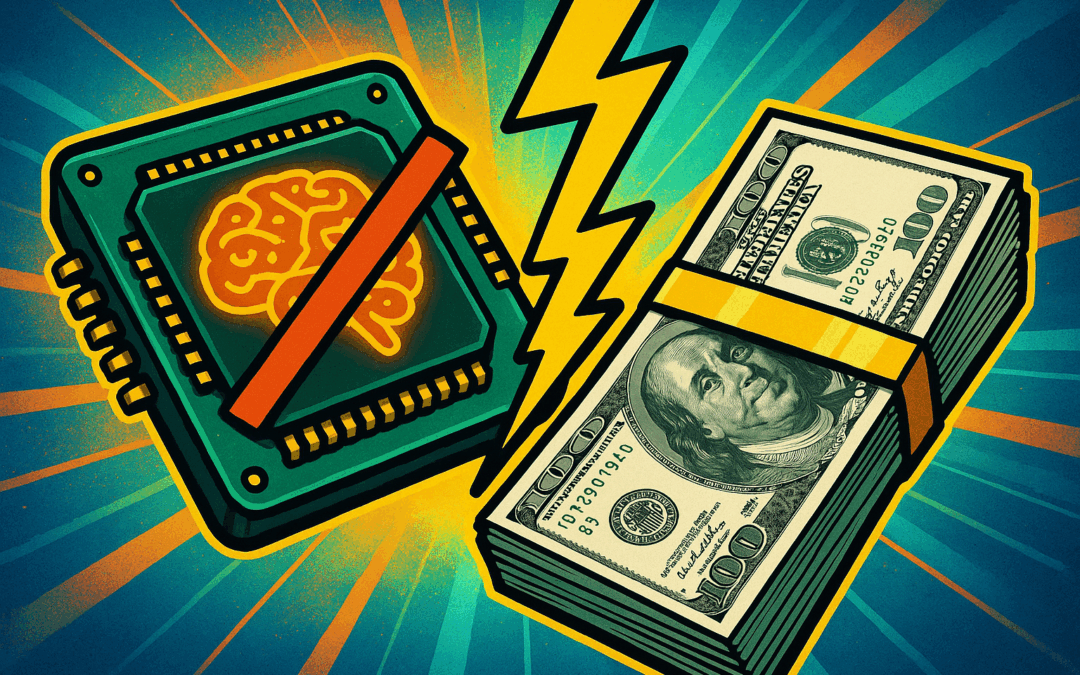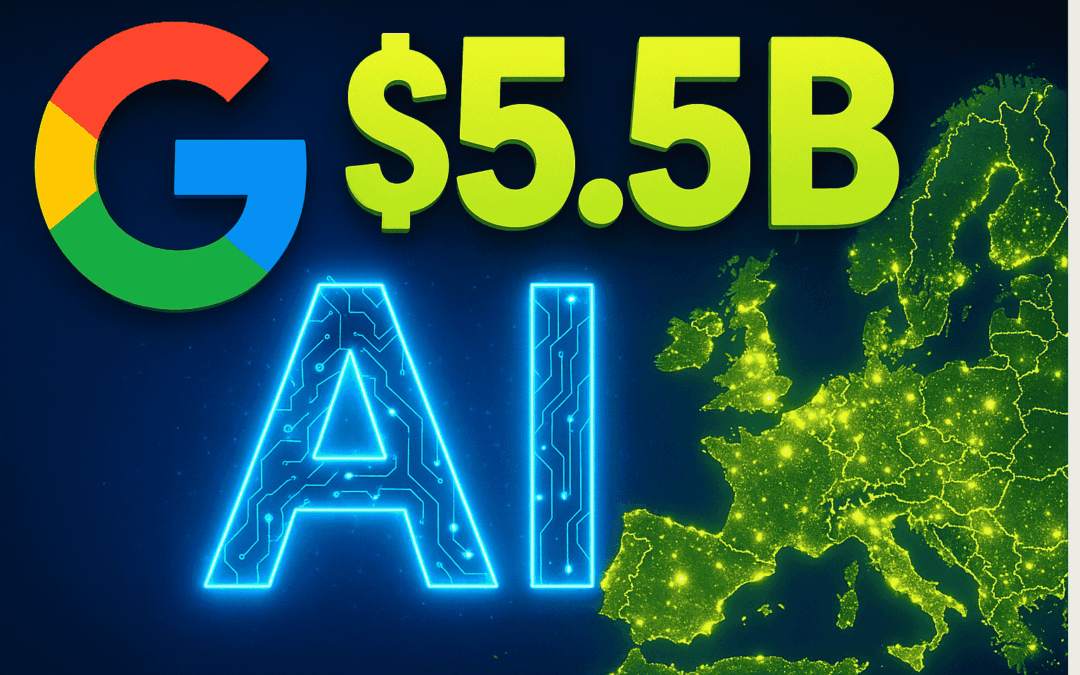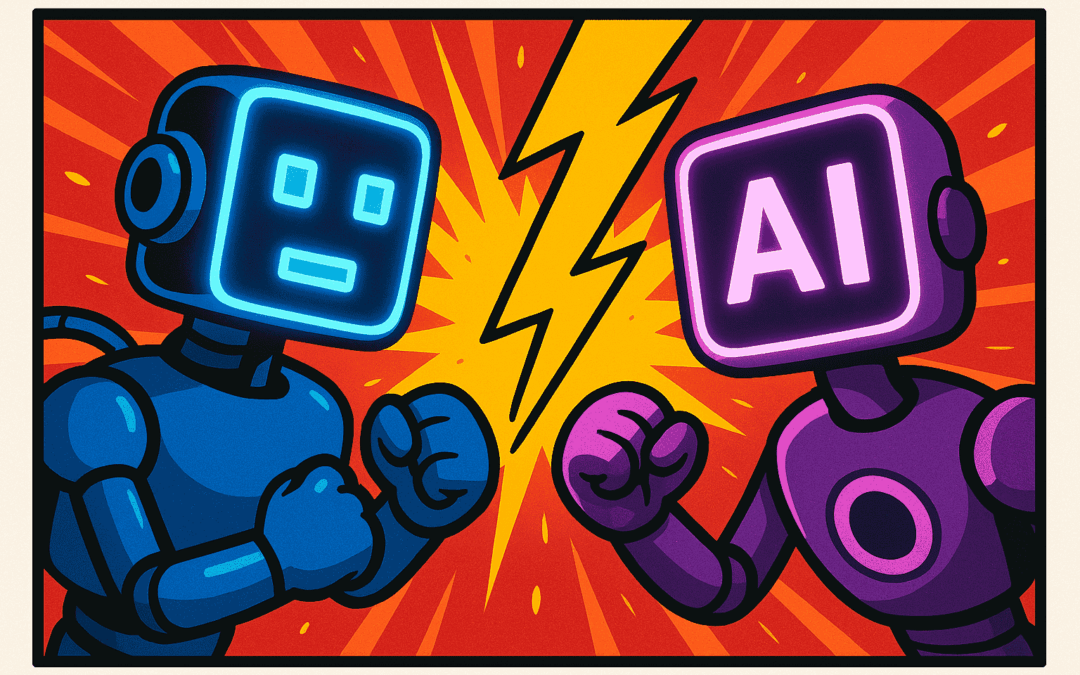A $30M startup, Formic, has developed a compact robot factory about the size of a large dog crate that learns directly from humans by observation.
AI-driven robotics continues its rapid evolution, with new approaches to autonomous learning and human-robot collaboration unlocking possibilities for scalable automation.
Key Takeaways
- A $30M startup, Formic, has developed a compact robot factory—about the size of a large dog crate—that learns directly from humans by observation.
- The system leverages advanced computer vision, generative AI, and large language models (LLMs) to reduce setup, training time, and cost for industrial automation.
- This human-in-the-loop approach positions even non-experts to customize robotic workflows, significantly broadening potential AI applications in manufacturing.
- Industry experts predict a major impact on startups, developers, and enterprise AI teams, opening new business opportunities while accelerating the pace of automation innovation.
How Formic’s Autonomous Robot Learns
Formic’s latest robot leverages generative AI models and computer vision so that it “watches” humans perform a task, capturing movement, intent, and order of operations. The system then mimics these workflows—akin to how humans learn from demonstration—eliminating the need for time-consuming, code-centric programming.
“This is a paradigm shift: Instead of writing code, developers and operators demonstrate, then the robot learns.”
Similar efforts in the robotics and AI domain, notably from Covariant and Google’s Everyday Robots project, demonstrate growing interest in “show, not tell” training methodologies for autonomous systems.
Formic’s focus on compact, ‘plug and play’ deployability, however, marks a tangible step forward for operational accessibility and commercial readiness.
Implications for AI Developers & Startups
The competitive edge comes from eliminating the friction that traditionally slows AI-robotics adoption—complex integration and skill gaps.
- For developers: LLMs and computer vision pipelines mean less emphasis on custom software, more on workflow orchestration and prompt engineering.
- For startups: Lower technical and capital hurdles make verticalized, AI-powered automation platforms more feasible and scalable.
- For enterprise AI teams: Rapid onboarding of new robotic processes can drive up productivity and create robust human-robot collaboration without deep robotics expertise.
“By democratizing robot teaching, Formic could enable niche AI solutions and automation startups that previously lacked the expertise or budget to compete.”
Broader Industry Context
Other leading edge players such as Carbon Robotics and Figure AI have made headlines for similar advances in reducing the learning curve for robotic automation. Analysts from sources like IEEE Spectrum underline this trend as a pivotal shift, with generative AI models adapting to a wider array of industrial settings.
As global manufacturing faces labor shortages, and GenAI moves from software to real-world deployment, Formic’s approach may accelerate adoption even in resource-constrained environments.
“AI-powered robot factories like these embody both the promise and technical challenge of truly generalizable automation.”
Outlook: What Comes Next?
Expect to see a proliferation of human-demonstration learning in robotics, particularly as open-source LLMs and advanced computer vision models mature.
AI engineers will likely see a market for meta-tools those that can easily capture, simulate, and iteratively optimize robotic tasks, all driven by AI observation and imitation. In this climate, automation becomes not just scalable, but genuinely accessible.
Source: TechCrunch









